Applying Problem Based Learning (PBL)
What is Problem Based Learning (PBL)? Problem Based Learning (PBL) is a method in which learners are immersed in solving real-world problems. PBL is based…
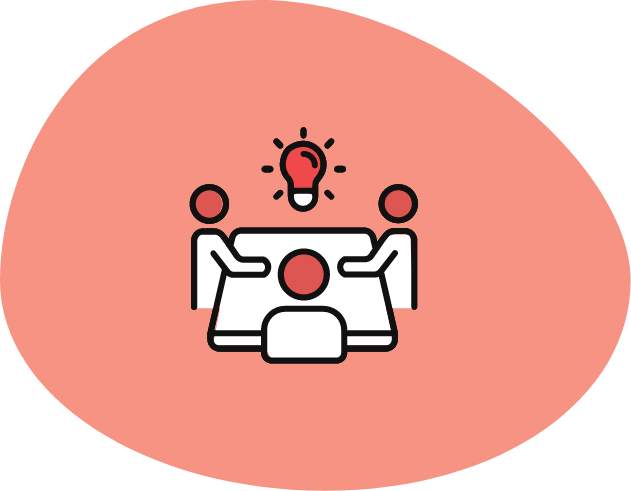
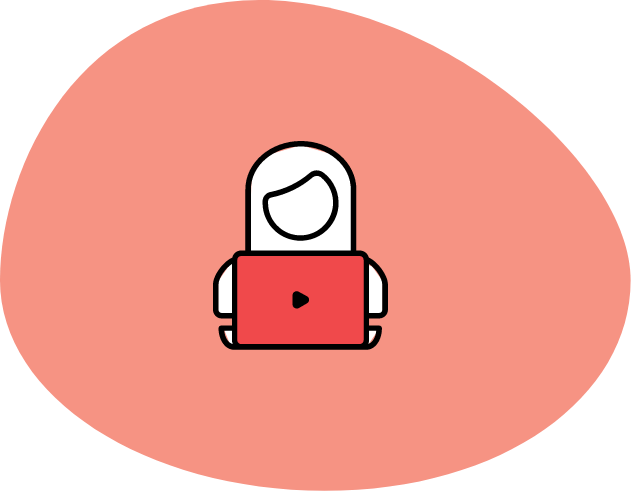
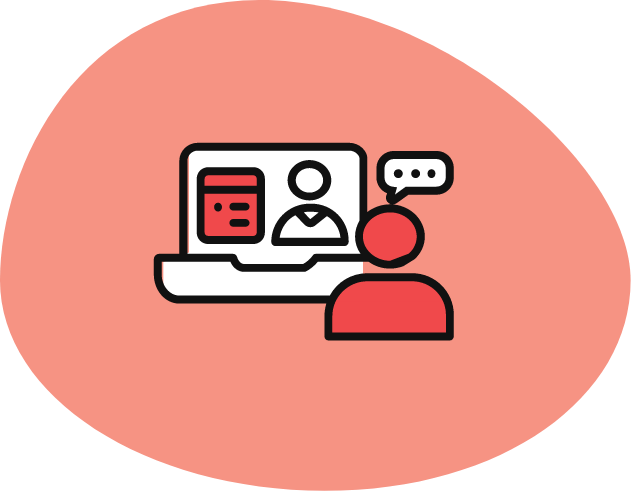

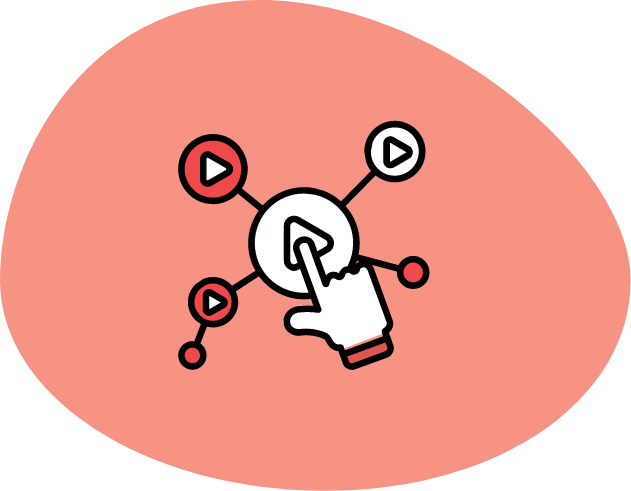
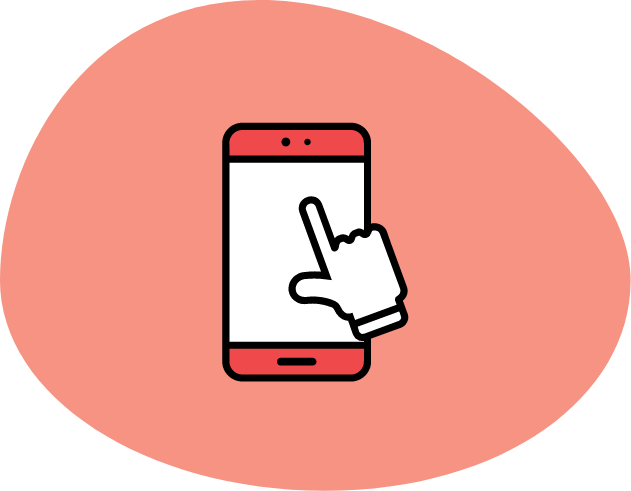

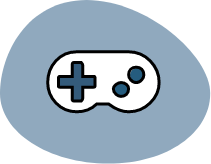
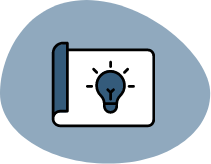
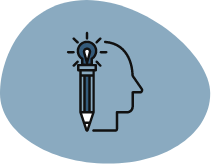
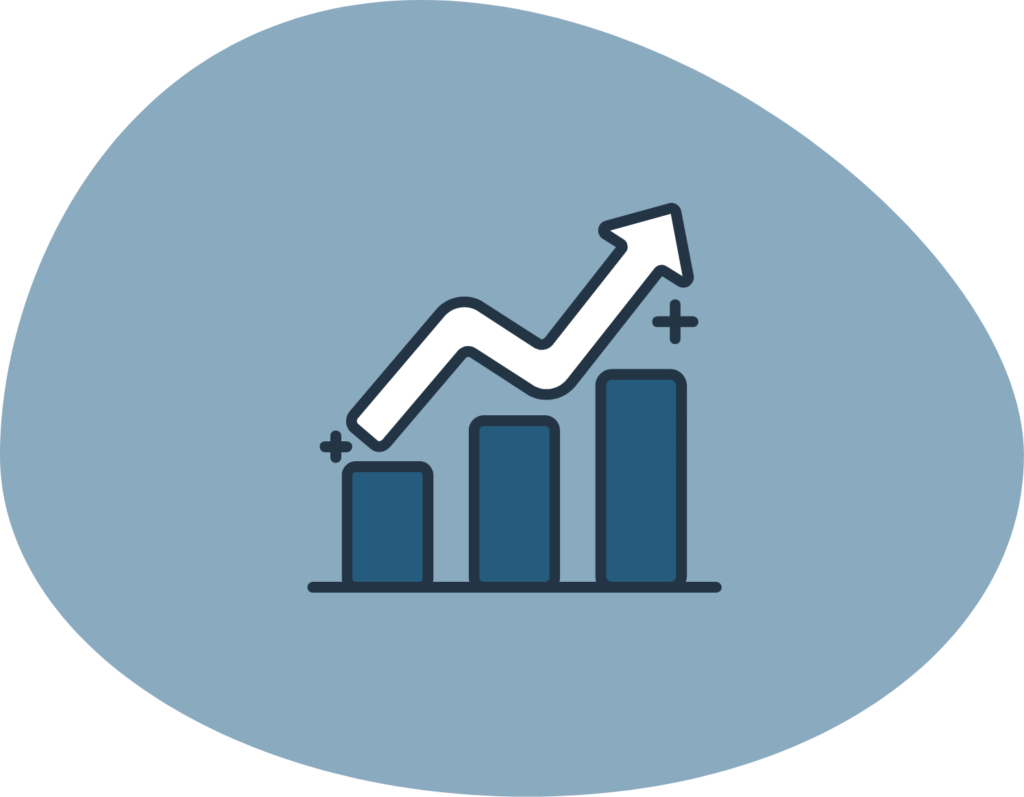
{
“@context”: “https://schema.org”,
“@type”: “FAQPage”,
“mainEntity”: [{
“@type”: “Question”,
“name”: “How much does instructional design cost?”,
“acceptedAnswer”: {
“@type”: “Answer”,
“text”: “The investment for our instructional design services is shaped by a combination of factors tailored to meet your unique requirements. Among these considerations are:
Research needs: The volume and depth of content required by us to develop.
Deliverables: Outputs like videos, podcasts, and graphics can vary in production costs.
Reviews cycles: The more feedback loops, the finer the end-product. This iterative approach can impact the timeline and cost.
Program length: Longer courses typically demand more resources.
Interactivity: Advanced interactive features may have added costs.
Accessibility: Ensuring universal access can add design layers.
By understanding these factors, we aim to provide transparent and value-driven solutions tailored to your learning needs.”
}
},{
“@type”: “Question”,
“name”: “What does an instructional designer do?”,
“acceptedAnswer”: {
“@type”: “Answer”,
“text”: “An instructional designer (ID) is a professional who designs, develops, and delivers educational and training materials. Here’s a closer look at their role:
Learning needs analysis: IDs assess and identify the learning needs of a target audience, often collaborating with subject matter experts (SMEs).
Learning objectives: They define clear, actionable objectives to guide the content and ensure measurable outcomes.
Content creation: IDs design and develop materials, which can range from traditional course outlines to multimedia eLearning modules.
Learning theory application: They apply educational theories and principles to create effective and engaging learning experiences.
Assessment design: IDs craft evaluations and assessments to measure the effectiveness of the learning experience.
Feedback integration: Post-assessment, they refine and adjust content based on feedback and performance metrics.
Technology utilisation: Many IDs use Learning Management Systems (LMS) and eLearning authoring tools to deploy and track online training.
Continuous improvement: IDs stay updated with the latest educational trends, tools, and technologies to ensure that content remains relevant and engaging.
In essence, instructional designers bridge the gap between content experts and learners, ensuring that information is communicated effectively, engagingly, and in a manner conducive to optimal retention and application.”
}
},{
“@type”: “Question”,
“name”: “What is instructional design and why is it important?”,
“acceptedAnswer”: {
“@type”: “Answer”,
“text”: “Instructional design is the systematic process of creating educational and training materials using research-backed principles to ensure effective learning. It’s crucial because it ensures that content is tailored to meet learners’ needs, making training more efficient, engaging, and impactful. Through instructional design, we ensure that learners not only absorb information but can also apply it in real-world contexts.”
}
},{
“@type”: “Question”,
“name”: “How does your instructional design process work from start to finish?”,
“acceptedAnswer”: {
“@type”: “Answer”,
“text”: “Our instructional design process typically follows the ADDIE model, which includes Analyse, Design, Develop, Implement, and Evaluate. Initially, we analyse your training needs, learner demographics, and desired outcomes. Next, we design a blueprint for the program, outlining its structure, content, and interactions. During the develop phase, we create the actual course materials, which might include multimedia elements, quizzes, and interactive modules. We can assist in piloting and implementing the course, ensuring it integrates seamlessly with your platforms or LMS. Finally, we evaluate the course’s effectiveness, gathering feedback for continuous improvement.”
}
},{
“@type”: “Question”,
“name”: “What types of training programs or courses can you design?”,
“acceptedAnswer”: {
“@type”: “Answer”,
“text”: “We specialise in a variety of training modalities including eLearning modules, classroom-based training, blended learning solutions, mobile learning, and microlearning nuggets. Our team is adept at understanding your specific needs and recommending the most suitable format, or a combination of formats, to achieve the desired learning outcomes.”
}
},{
“@type”: “Question”,
“name”: “How do you tailor content to cater to diverse learner needs and backgrounds?”,
“acceptedAnswer”: {
“@type”: “Answer”,
“text”: “Recognising the diversity of learners is central to our design philosophy. We start by conducting a thorough audience analysis to understand their backgrounds, prior knowledge, learning preferences, and potential barriers to learning. Based on this, we craft content that is relatable, inclusive, and accessible. This might include creating diverse scenarios, offering content in multiple languages, ensuring accessibility for differently-abled learners, and providing supplemental resources for those who want to dive deeper. Our goal is to create a learning experience that resonates with every individual.”
}
},{
“@type”: “Question”,
“name”: “Do you integrate with Learning Management Systems (LMS)? If so, which ones?”,
“acceptedAnswer”: {
“@type”: “Answer”,
“text”: “Yes, we ensure our courses are compatible with a wide range of Learning Management Systems (LMS). We develop content using standard eLearning specifications like SCORM and xAPI, making it easy to integrate with popular LMS platforms like Talent LMS, Moodle, Blackboard, Canvas, Totara, and many others. If you have a specific LMS in mind, let us know, and we’ll ensure seamless integration.”
}
},{
“@type”: “Question”,
“name”: “How do you ensure the quality and effectiveness of your courses?”,
“acceptedAnswer”: {
“@type”: “Answer”,
“text”: “Our commitment to quality is paramount. We adopt a multi-layered approach to ensure course effectiveness. This includes formative assessments during the course, feedback loops with stakeholders during the design and develop phases, QA processes within our team and thorough testing on multiple devices/platforms. Post-course, we encourage summative evaluations and surveys to gather learner feedback. Data analytics from the LMS can also provide insights into course effectiveness, allowing for continuous improvements.”
}
},{
“@type”: “Question”,
“name”: “How long does it typically take to design and develop a course?”,
“acceptedAnswer”: {
“@type”: “Answer”,
“text”: “The timeline for course development can vary based on several factors including the complexity of the content, the chosen instructional methods, the amount of interactivity, and the overall course length. On average, a one-hour eLearning module might take anywhere from 4-6 weeks from project kick-off to final product handover. However, we always work closely with clients to meet any specific deadlines and can adjust our processes to accommodate urgent timelines if necessary.”
}
},{
“@type”: “Question”,
“name”: “Can you modify or update existing courses, or do you only design from scratch?”,
“acceptedAnswer”: {
“@type”: “Answer”,
“text”: “We’re versatile in our approach. Whether it’s designing a course from scratch or updating and enhancing existing courses, we have the expertise to assist. We understand that content evolves, and we’re here to help ensure your courses remain current, engaging, and effective for learners.”
}
},{
“@type”: “Question”,
“name”: “Do you offer courses in multiple languages or can they be translated?”,
“acceptedAnswer”: {
“@type”: “Answer”,
“text”: “Yes, we design courses with localisation in mind. We work with a team of expert translators to ensure content accuracy and cultural relevance in multiple languages. We ensure that graphics, audio, and other multimedia elements are also tailored for a global audience. If you have specific languages in mind, let us know, and we’ll make it happen.”
}
}]
}
The investment for our instructional design services is shaped by a combination of factors tailored to meet your unique requirements. Among these considerations are:
By understanding these factors, we aim to provide transparent and value-driven solutions tailored to your needs.
An instructional designer (ID) is a professional who designs, develops, and delivers educational and training materials. Here’s a closer look at their role:
In essence, instructional designers bridge the gap between content experts and learners, ensuring that information is communicated effectively, engagingly, and in a manner conducive to optimal retention and application.
Instructional design is the systematic process of creating educational and training materials using research-backed principles to ensure effective learning. It’s crucial because it ensures that content is tailored to meet learners’ needs, making training more efficient, engaging, and impactful. Through instructional design, we ensure that learners not only absorb information but can also apply it in real-world contexts.
Our instructional design process typically follows the ADDIE model, which includes Analyse, Design, Develop, Implement, and Evaluate. Initially, we analyse your training needs, learner demographics, and desired outcomes. Next, we design a blueprint for the program, outlining its structure, content, and interactions. During the develop phase, we create the actual course materials, which might include multimedia elements, quizzes, and interactive modules. We can assist in piloting and implementing the course, ensuring it integrates seamlessly with your platforms or LMS. Finally, we evaluate the course’s effectiveness, gathering feedback for continuous improvement.
We specialise in a variety of training modalities including eLearning modules, classroom-based training, blended learning solutions, mobile learning, and microlearning nuggets. Our team is adept at understanding your specific needs and recommending the most suitable format, or a combination of formats, to achieve the desired learning outcomes.
Recognising the diversity of learners is central to our design philosophy. We start by conducting a thorough audience analysis to understand their backgrounds, prior knowledge, learning preferences, and potential barriers to learning. Based on this, we craft content that is relatable, inclusive, and accessible. This might include creating diverse scenarios, offering content in multiple languages, ensuring accessibility for differently-abled learners, and providing supplemental resources for those who want to dive deeper. Our goal is to create a learning experience that resonates with every individual.
Yes, we ensure our courses are compatible with a wide range of Learning Management Systems (LMS). We develop content using standard eLearning specifications like SCORM and xAPI, making it easy to integrate with popular LMS platforms like Talent LMS, Moodle, Blackboard, Canvas, Totara, and many others. If you have a specific LMS in mind, let us know, and we’ll ensure seamless integration.
Our commitment to quality is paramount. We adopt a multi-layered approach to ensure course effectiveness. This includes formative assessments during the course, feedback loops with stakeholders during the design and develop phases, QA processes within our team and thorough testing on multiple devices/platforms. Post-course, we encourage summative evaluations and surveys to gather learner feedback. Data analytics from the LMS can also provide insights into course effectiveness, allowing for continuous improvements.
The timeline for course development can vary based on several factors including the complexity of the content, the chosen instructional methods, the amount of interactivity, and the overall course length. On average, a one-hour eLearning module might take anywhere from 4-6 weeks from project kick-off to final product handover. However, we always work closely with clients to meet any specific deadlines and can adjust our processes to accommodate urgent timelines if necessary.
We’re versatile in our approach. Whether it’s designing a course from scratch or updating and enhancing existing courses, we have the expertise to assist. We understand that content evolves, and we’re here to help ensure your courses remain current, engaging, and effective for learners.
Yes, we design courses with localisation in mind. We work with a team of expert translators to ensure content accuracy and cultural relevance in multiple languages. We ensure that graphics, audio, and other multimedia elements are also tailored for a global audience. If you have specific languages in mind, let us know, and we’ll make it happen.
Click on the links below to learn about instructional design:
Click one of the links below to learn more about eLearning:
Contact us
Office
E: info@instructionaldesign.com.au
Ph:1300 528 736
Michael Peart
E: michael@discoverlearning.com.au
Ph: 0434 075 231
Bianca Schimizzi
E: bianca@discoverlearning.com.au
Ph: 0416 013 623